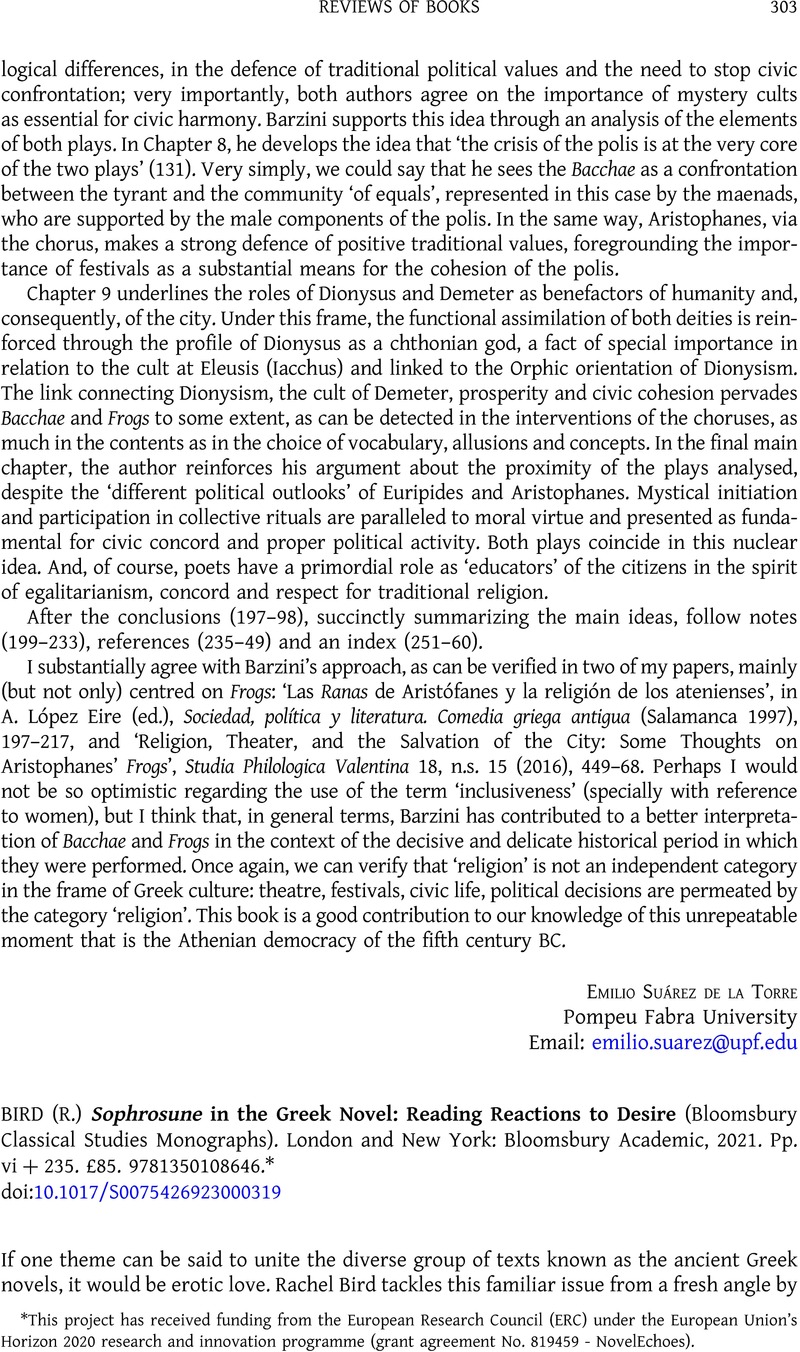No CrossRef data available.
Published online by Cambridge University Press: 25 April 2023

This project has received funding from the European Research Council (ERC) under the European Union’s Horizon 2020 research and innovation programme (grant agreement No. 819459 - NovelEchoes).